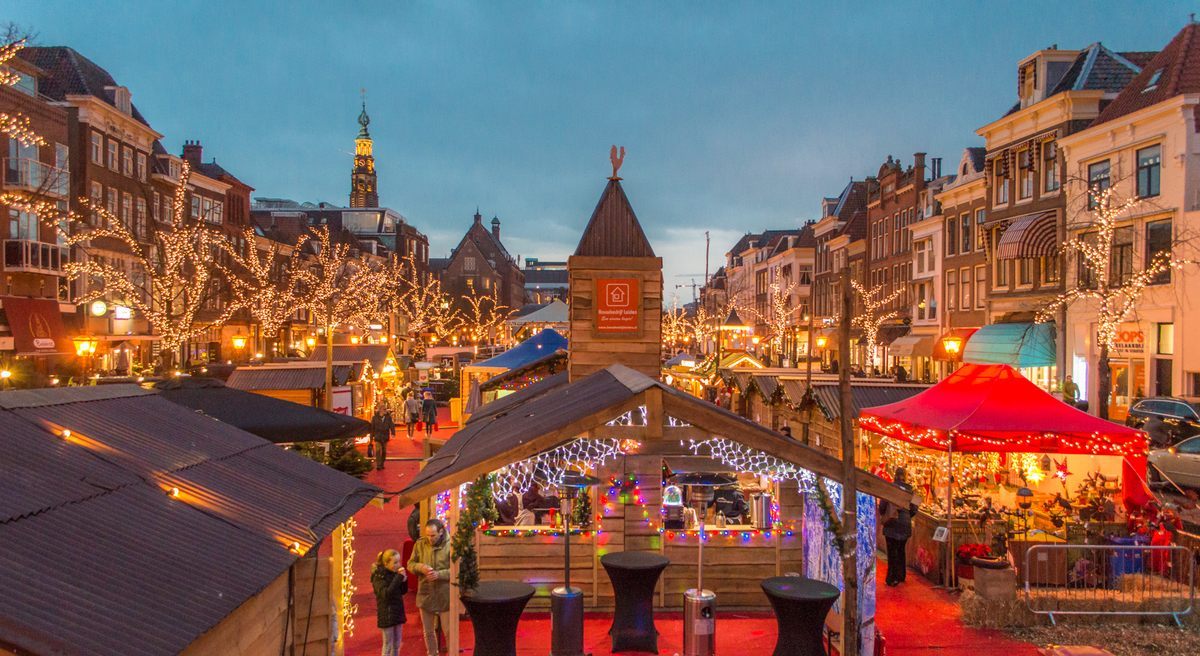6 Surprising Stories About Shopping
What you really need this store-hopping season are tales about the “Aisle of Shame” and the shop cats of Hong Kong.
If you find everything on your loved ones’ wishlists online this year, you might miss out on the most interesting part of the holiday experience—stores themselves. Or maybe not. Our gift to you this holiday season: the best shopping stories from the Atlas Obscura archives, so you can explore tales of architecture, linguistics, subcultures, secrets, and yes, cats—without leaving home.

Meet the Proud Shoppers of Aldi’s ‘Aisle of Shame’
by Sara Murphy
If you ever hear “caw-caw!” sound in an Aldi grocery store, don’t worry: A crow hasn’t gotten trapped in the rafters. Rather, you’ve just overheard a member of the Aisle of Shame Facebook group sending out a call in their natural habitat. The “Aisle of Shame” is the unofficial name Aldi enthusiasts have given the discount store’s middle aisle, home to a weekly rotation of curious edible and nonedible products available only while supplies last.
Charming Portraits of Hong Kong’s Shop Cats
by Anika Burgess
In late 2015, photographer Marcel Heijnen was walking around his new neighborhood of Sai Ying Pun in Hong Kong. A long-time resident of the city, he was new to this particular area, and he noticed a cat perched on the counter of a small local shop. A year later, his portrait of the cat, named Dau Ding, ended up as the cover to his book: Hong Kong Shop Cats.

Revisiting the Heyday of California’s ‘Crazy’ Novelty Architecture
by Jessica Leigh Hester
In the 1930s, a British traveler in Southern California wondered if the local architects had gone a little nuts. It was either that or he had stumbled into a fantasy universe. There was something trippy about the roadside shops he saw along the way. “If, when you went shopping, you found you could buy cakes in a windmill, ices in a gigantic cream-can, flowers in a huge flowerpot, you might begin to wonder whether you had not stepped through a looking glass or taken a toss down a rabbit burrow and could expect Mad Hatter or White Queen to appear round the next corner,” the unnamed visitor wrote. But these goofy buildings weren’t just gimmicks—they remain cultural artifacts of a period that changed the landscape of America.
Podcast: The Last Sears in New York City
In this episode of the Atlas Obscura Podcast, we visit the last Sears in New York City, and a Brooklyn landmark, with two people whose lives were shaped by the department store.

What Do You Call the Corner Store?
by Dan Nosowitz
Every city has convenience stores, small shops that stock a wide variety of essential items, including food and snacks, toiletries, probably some basic household supplies and tools, soft drinks, coffee, magazines and newspapers, candy, maybe alcohol, maybe a last-minute gift. But in many places, you’d be laughed out of the building for calling one a “convenience store.” It’s a “bodega” in New York City. An “offy” in London. A “party store” in Detroit. A “milk bar” inNew Zealand. What you call the store on the corner says a lot about where you live.
14 Unusual, Spectacular Shopping Experiences Around the World
by Jonathan Carey, Senior Associate Editor, Places
Shopping doesn’t need to be stressful—it can be an eye-opener that enriches the mind and senses. Around the world are spectacular and unusual markets and shops featuring one-of-a-kind items, wonderful architecture, and bewildering displays—all of them antidotes to the bargain-hunting frenzy of the holiday season.





































Follow us on Twitter to get the latest on the world's hidden wonders.
Like us on Facebook to get the latest on the world's hidden wonders.
Follow us on Twitter Like us on Facebook